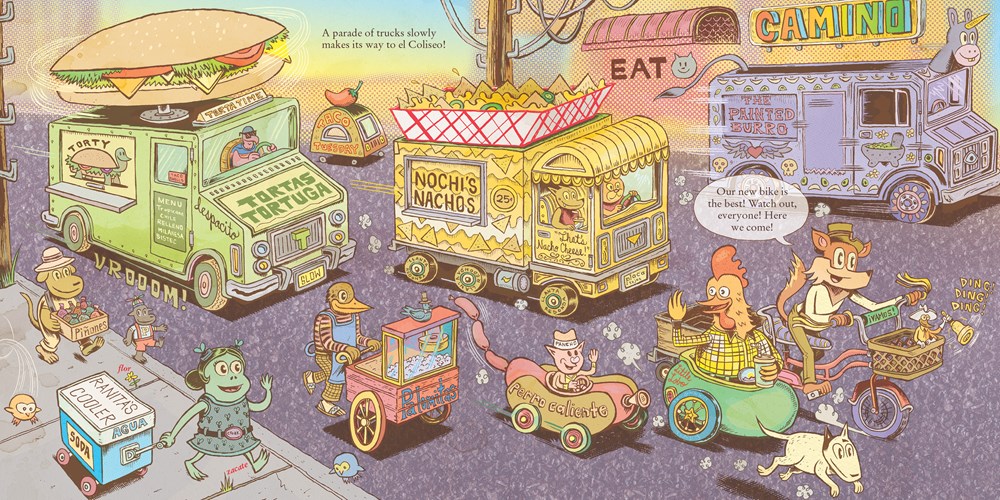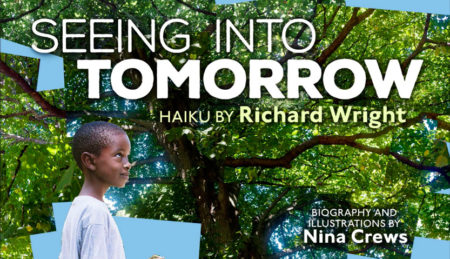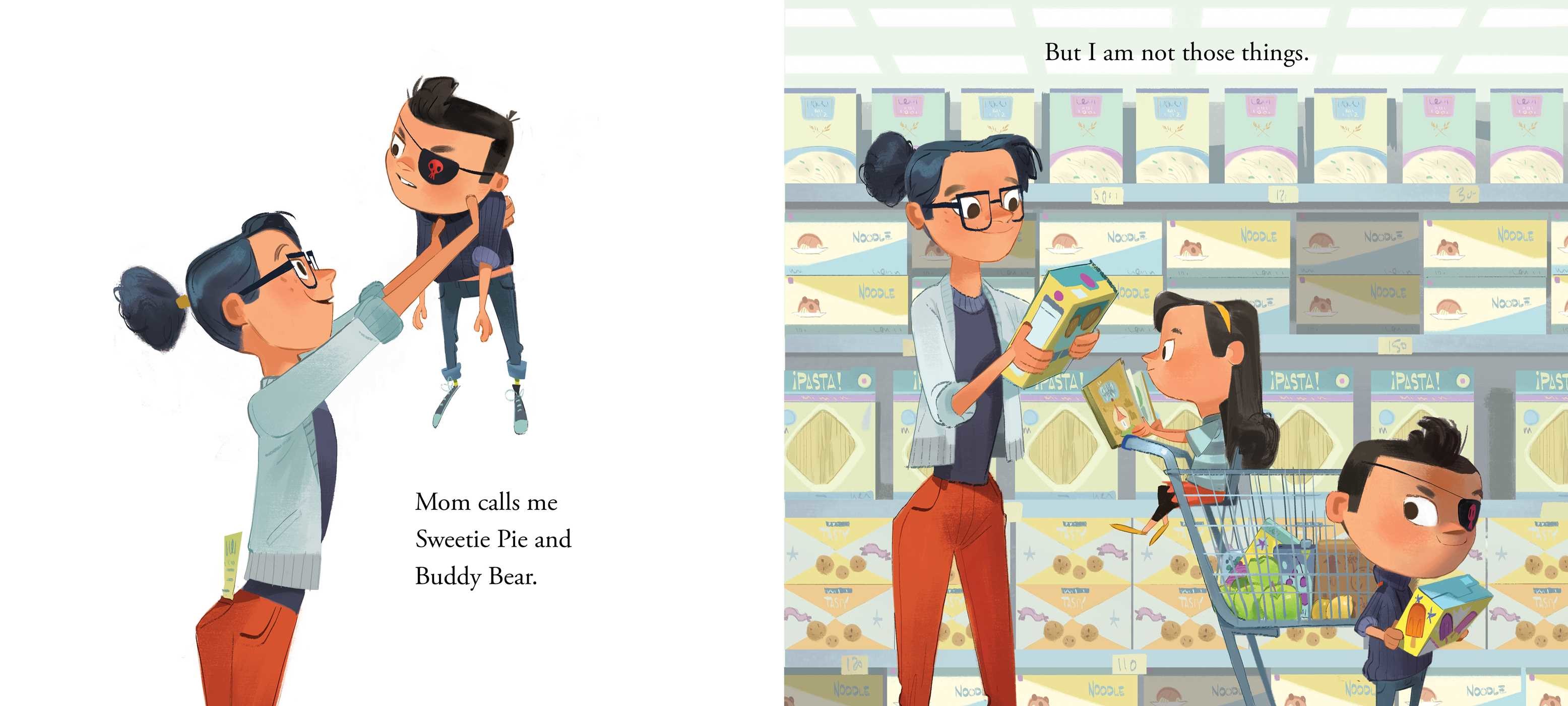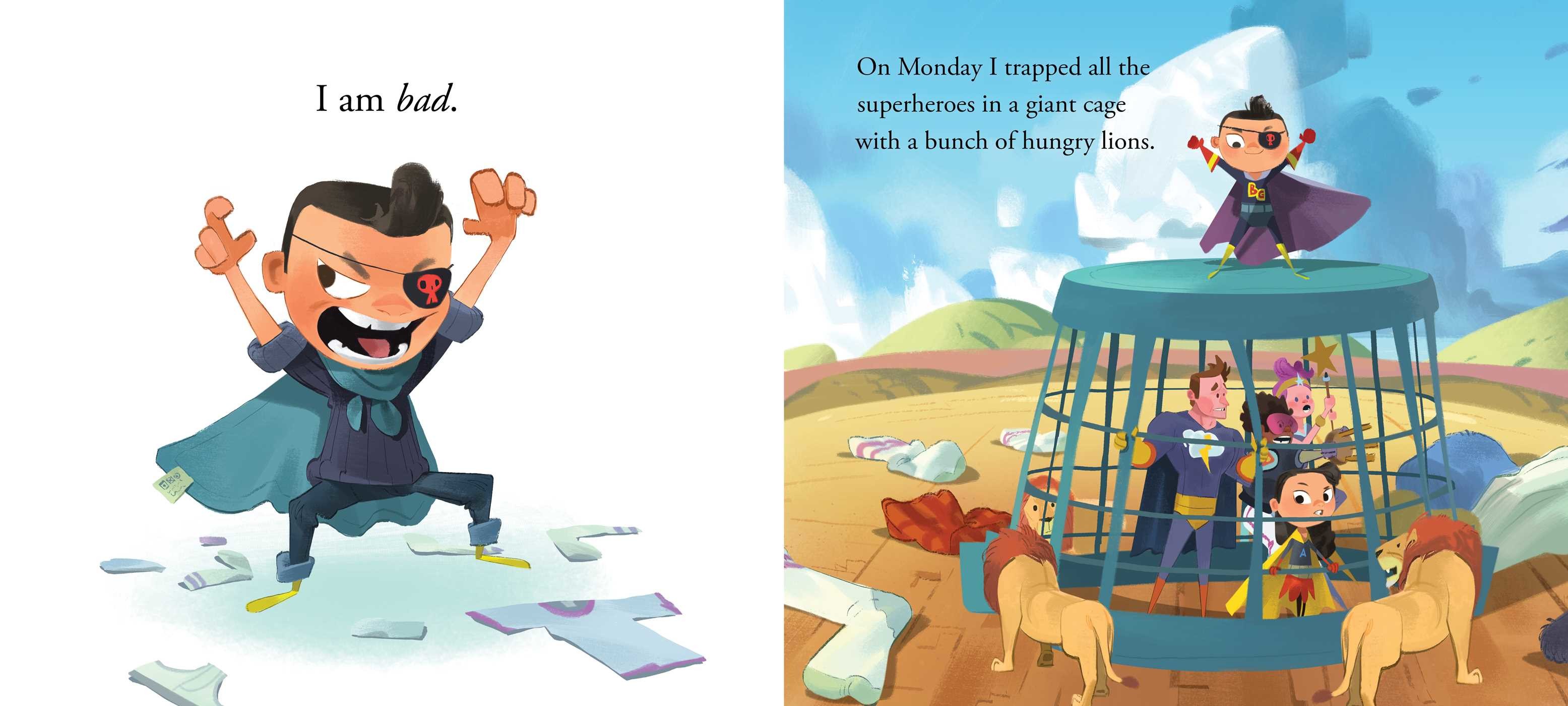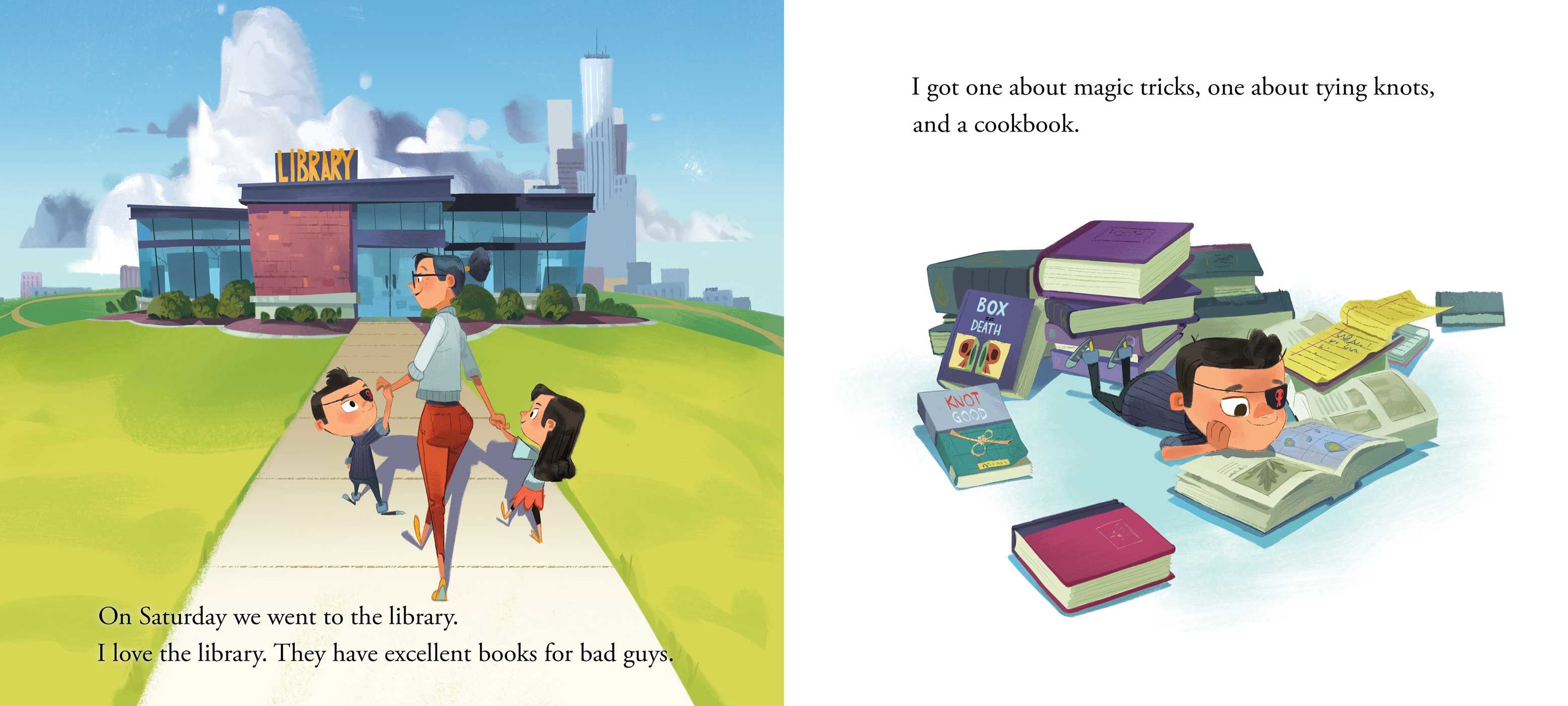–
What can I say? Dan Poblocki is a scary dude. Though we’ve never met, Dan and I have been criss-crossing paths over the years. We’re both upstaters (Dan’s in Saugerties; I’m in Delmar) and we share an affection for suspenseful, scary stories. Dan’s been doing great work for years and more people are beginning to notice — I picked up Liar’s Room at a recent Scholastic Book Fair — and I thought it was time to put a focus on those chilling tales that keep readers turning pages late into the night.
1. Can you remember the first time you were scared by a book or a movie? You must have liked it, right?
I’m not sure if it was the first time I was scared by a film, but one that has stuck in my memory over the decades was an ABC Weekend Special called “The Red Room Riddle,” a half-hour short TV movie based on a 1972 middle-grade novel by Scott Corbett. I don’t think I ever picked up the book version,  but I remember some moments of the movie nearly stopping my seven-year-old heart. Two kids lured into a haunted house, getting locked in a mysterious red room, a throbbing red orb that emits a siren sound, secret passages, see-through people, and lots of fire. I rewatched it recently and it’s relatively toothless, but it gave me some insight into how little it takes sometimes to freak out a kid. It’s funny because so much of what’s in this short TV movie has ended up in my own books. Secret passages, ghosts, getting trapped in places where you don’t want to be. Fun! So apparently, yes, I did like it. But it was a funny feeling. I didn’t understand why I liked being so scared. It certainly made me seek out more stuff like it. That’s how I ended up finding books by Mary Downing Hahn, Bruce Coville, Zilpha Keatley Snyder, and John Bellairs at the local library and book fairs.
but I remember some moments of the movie nearly stopping my seven-year-old heart. Two kids lured into a haunted house, getting locked in a mysterious red room, a throbbing red orb that emits a siren sound, secret passages, see-through people, and lots of fire. I rewatched it recently and it’s relatively toothless, but it gave me some insight into how little it takes sometimes to freak out a kid. It’s funny because so much of what’s in this short TV movie has ended up in my own books. Secret passages, ghosts, getting trapped in places where you don’t want to be. Fun! So apparently, yes, I did like it. But it was a funny feeling. I didn’t understand why I liked being so scared. It certainly made me seek out more stuff like it. That’s how I ended up finding books by Mary Downing Hahn, Bruce Coville, Zilpha Keatley Snyder, and John Bellairs at the local library and book fairs.
–
2. I’m curious to know your thoughts on horror as a genre. What do you think are the virtues of scary stories? And — same question, really — why do you think so many readers keep coming back for more?
I think one virtue of the horror genre is that it holds our attention. So, if a young reader has a hard time sticking with books, a scary one might be a good suggestion. Horror novels act as a hook, so once you get a taste for turning those creepy, creepy pages, you’ll want to seek out that adrenaline rush again and again. That’s how it was for me, at least. There are many other reasons to seek out or play around in the horror genre. One reason that I heard recently was from Ally Malinenko, author of the Bram Stoker Award Nominee, This Appearing House. Ally wrote that we don’t necessarily write horror stories to scare children. We write them to help children become brave. I couldn’t agree more.
–
–
Oh, that’s excellent. Acclaimed horror writer Peter Straub contends that “dread” is essential for a great horror story. And I guess dread is the evil twin of suspense. That anticipatory dread we feel as we watch our protagonists head down into the basement where danger lurks. Note: This technically does not count as a question. We’re just talking!
I can get on board that a sense of dread is a precursor to suspense. I suppose it’s all in how you formulate your story. Dread leads to suspense. Suspense grabs the reader, makes them want to find out what happens next. Is all of this necessary for a story to be considered “horror?” I’m not sure, but it sounds like it might help! I wish I had something more profound to say, but I find I’m not so good at deconstructing the magic behind all of this. But dread and suspense are probably not the only ingredients for “great” horror. For me, I usually have to care somewhat about the characters before the dread or suspense kicks in, so that when the author shoves them down a chute into the darkness, I really worry for them. But like, in a good way.
–
–
3. People sometimes worry about a book upsetting a reader. So they ask, “How scary is it?” And I’m sure that’s valid, particularly with young readers. But would you agree that one of horror’s goals is to up/set a reader? To disturb a universe? Shake ‘em up a little? Or is it just good fun?
I don’t really worry about whether or not I’m going to upset a reader. In fact, I think what makes my particular kind of scary story slightly unique is that maybe I do try to upset the reader? Maybe not emotionally, but . . . with their expectation of what can happen in a scary story? If that makes sense?
Is this the goal of all horror? Absolutely not. I think the ultimate goal is to entertain. But entertainment can disturb a universe and also be good fun. Based on emails I’ve received, I do know that I’ve upset some readers regarding what’s happened to certain characters I’ve written. But the readers seemed capable of handling what I did to them. Some even rewrote the ending to help them cope with my tragic decisions. If that’s what you’ve got to do, that’s what you’ve got to do, and I’m fine with it.
–
–
4. I also think that many readers, on some level, actively seek out that sensation of disturbance. To me, when we think about life, I’ve always seen growth as something that results from periods of disequilibrium followed by equilibrium. Reading a scary story tips us over and sets us right again — and we’re the ones who get to turn the pages. The reader has control. Anyway, sorry, I digress. Tales To Keep You Up at Night is a collection of short stories woven within a larger structure: Amelia discovers a dusty tome in the attic. How did that book come together for you?
A few years back, I wrote a short story that I wanted to submit for an anthology. When that anthology didn’t work out, I realized I had so much fun with the shorter format, so I decided to write my own collection. Once I’d gotten a few more down on paper, I thought it would be cool to bind them inside the larger story of a girl who finds a mysterious book of scary stories in her grandmother’s attic.
–
–
From there, Tales got more and more meta, especially when my editor suggested that the stories tie more directly into Amelia’s own history. After some rejiggering, Tales to Keep You Up at Night sort of turned into a novel, playing with themes of what a story can do, how a story can change over time, how stories can change us. What I think is my favorite thing about Tales is that you can read any of the stories on its own, and it stands alone and is satisfying (I hope). But if you read all the stories, they join together, telling a much bigger tale. So the reader is rewarded for sticking with it.
Also, when I was young, I always longed to find myself inside a scary story, so this book was also a kind of twisted wish-fulfillment.
–
–
5. Could you tell us about the main character in your current work in progress, and maybe why that kid appeals to you as writer?
I’ve just put the finishing touches on More Tales to Keep You Up at Night, which releases in August of 2023. In More Tales, we follow a new character, a  kid named Gilbert, who happens upon a trio of cassette tapes and an old Sony
kid named Gilbert, who happens upon a trio of cassette tapes and an old Sony Walkman. On the tapes, someone has recorded a bunch of scary tales, and Gilbert must listen to them in order to save his big brother, Antonio, who’s been hurt in a strange accident. You don’t have to read the first book in order to understand what’s happening in the second, but those who do will discover connections between the two and see how the tales in both books open portals to a larger shared world. I had a blast writing it, and I hope readers will follow me through this next doorway.
–
–
—

 JAMES PRELLER is the author of a wide range of books, including the popular Scary Tales series. An author of picture books and easy-to-reads, he has also written middle-grade and YA novels: Bystander, Upstander, Blood Mountain, Better Off Undead, and more. Look for the first book in his strange & mysterious EXIT 13 series for readers ages 8-12: The Whispering Pines. Book 2 comes out in August, which means that Dan and I ought to have a sequel party together at the Spotty Dog!
JAMES PRELLER is the author of a wide range of books, including the popular Scary Tales series. An author of picture books and easy-to-reads, he has also written middle-grade and YA novels: Bystander, Upstander, Blood Mountain, Better Off Undead, and more. Look for the first book in his strange & mysterious EXIT 13 series for readers ages 8-12: The Whispering Pines. Book 2 comes out in August, which means that Dan and I ought to have a sequel party together at the Spotty Dog!














